
Port Washington’s Valley Creek Corridor
March 1, 2022 | Topics: Places
By Tom Mlada, Executive Director of Lakeshore Natural Resource Partnership
Photo essay by Eddee Daniel
The City of Port Washington is a picturesque Lake Michigan coastal community. The community proudly embraces its special place along the lake, providing residents and visitors with two public beaches; several miles of publicly accessible lakefront and harbor walkway; over 30 public parks, including national award-winning Coal Dock Park on Lake Michigan; a migratory bird preserve; bike trails, both paved and off-road; and two nature preserves affording miles of public open space and trails.

Port Washington is blessed in that it has not only Lake Michigan, but three creeks that empty into the lake at the downtown. These creeks carry varying amounts of water during the year and are set in deep wooded ravines. These ravines function as essential wildlife habitat and unique environmental experiences. Despite occasional low points in water levels during the year, the creeks provide vital fish passage and serve as spawning grounds during the Spring and Fall months. The creek corridors offer a ribbon of critical green space, traversing from along the creek corridor to the bustling downtown.
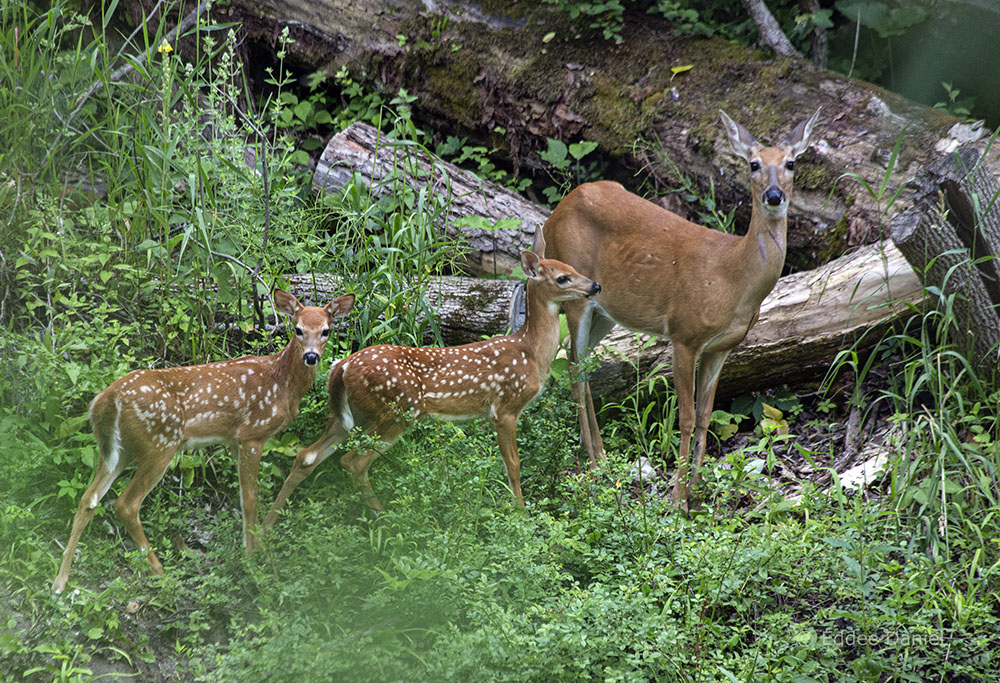
Valley Creek enters the City of Port Washington from the north and runs through the area of Veterans’ Memorial Park and the City’s water treatment facilities to the south. The Valley Creek Corridor encompasses roughly two miles and serves as an intimate connection for residents and visitors to the lake, the harbor, and downtown businesses. At the northeast corner of the city, the Corridor houses a unique range of vegetation communities, including wetland areas and a birch woods at the top of the slopes. Birchwood Hills Nature Preserve serves as the headwater for Valley Creek, and is a stunning 30-acre example of diverse ecosystems.
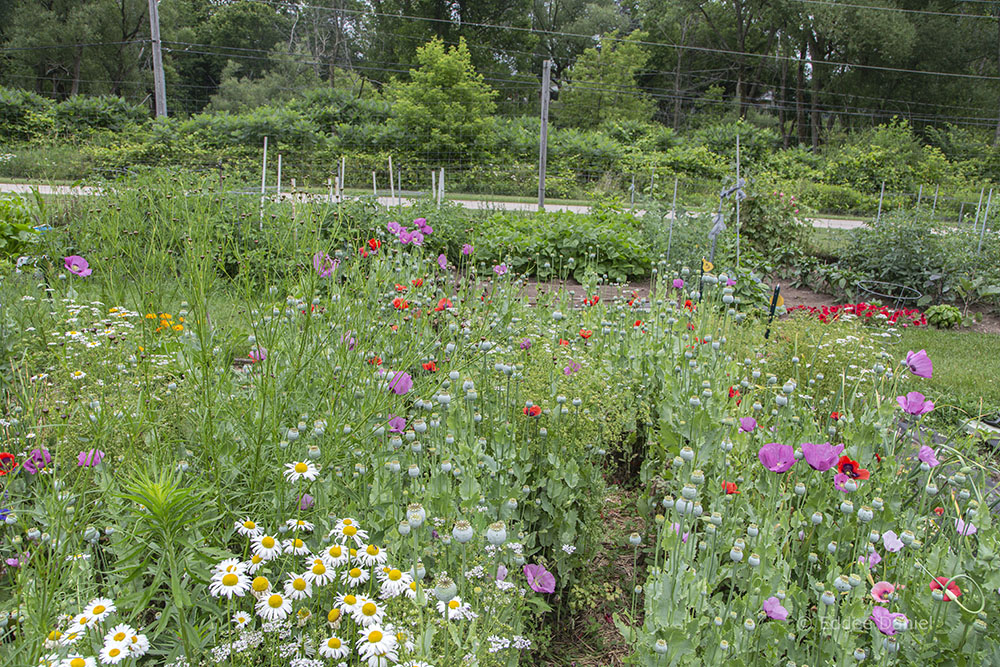
City of Port Washington Parks and Forestry staff, under the leadership of Superintendent Jon Crain, have advanced significant restoration efforts the past six years to ensure preservation of this spectacular open space and public access via a natural trail system. A portion of the Ozaukee Interurban Trail, a paved bicycle and walking path spanning the length of Ozaukee County, follows Valley Creek from County Highway LL south to Jackson Street, in the city’s downtown. Additionally, a mountain bike trail built by the Ozaukee County Mountain Bikers Club connects with the Interurban Trail near the south end of the Valley Creek Corridor and enables recreational bikers to challenge themselves with scenic views of the creek.
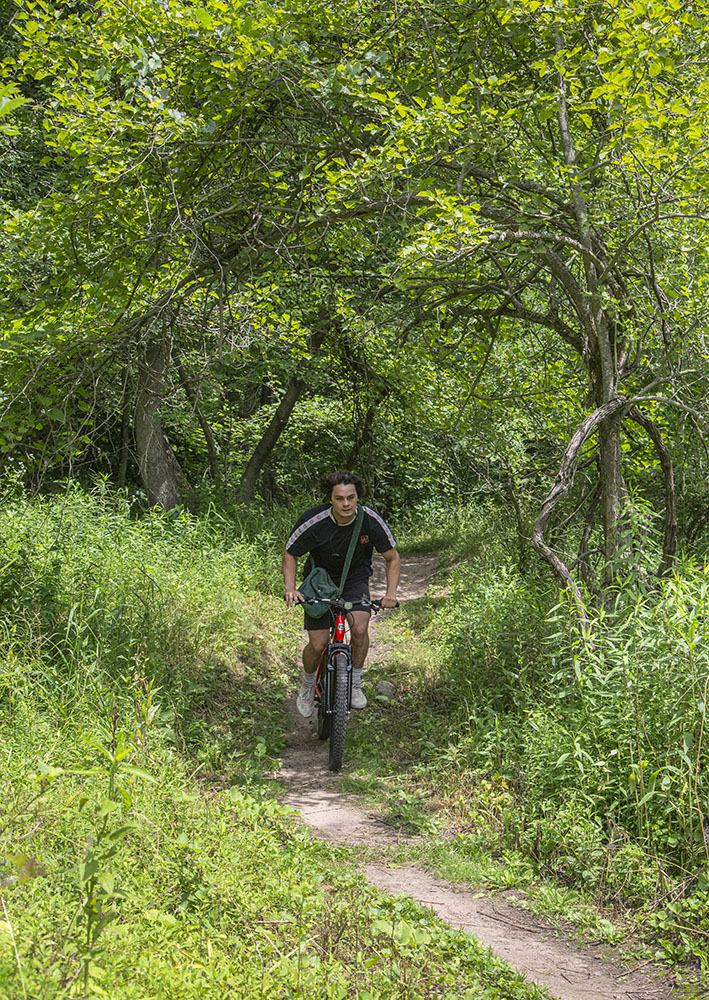
Like many coastal communities, Port Washington is seeing significant impacts and costs related to climate change, including temperature extremes, increased frequency of heavy precipitation, severe storms, record-high lake levels, erosion, and the amplification of ecosystem stressors such as pests, invasive species, declining water quality, and algal blooms, that have made clear the need for investments in resilience. In partnership with Stantec, Lakeshore Natural Resource Partnership (LNRP) and Water365, City of Port Washington staff members are working diligently to advance resiliency-based projects that will support water quality, flood mitigation and nature-based planning across both Valley Creek and Sauk Creek, two high priority Lake Michigan tributary watersheds. These projects build upon ongoing multi-phase stormwater management initiatives and leverage a growing watershed-focused effort to plan and implement nature-based solutions to make the City a resilient coastal community. Director of Public Works, Rob Vanden Noven, has played a lead role in this collaborative effort to align projects with needed funding.
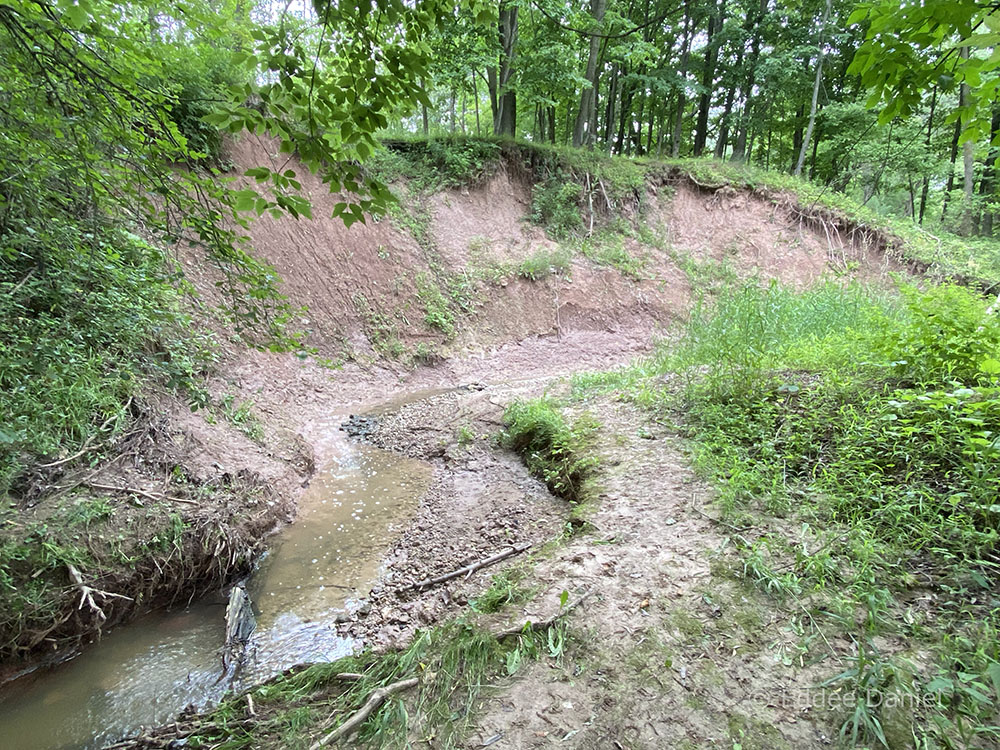
Extreme rainfall events have drastically impacted the Valley Creek Corridor the past decade. Intense precipitation, in combination with land cover changes, has led to increased erosion, stream channel downcutting, declining water quality, and severe impacts to critical infrastructure such as water and sewer lines. The Emerald Ash Borer (EAB) has decimated ash trees throughout the Corridor, resulting in meaningful loss of tree canopy and streambank root system support. Over time, many of these dead trees have fallen into Valley Creek, causing two major downstream flooding events that damaged residential and commercial properties. In short, within the Valley Creek Corridor, there is an immediate need to plan for a more resilient future, to design and modify both built and natural (aka “green”) stormwater infrastructure to accommodate future conditions, protect water quality, enhance habitats with robust native plants, restore streambanks and riparian wetlands, reduce sedimentation, increase biodiversity, and build engagement with residents with a shared appreciation for their community and vital surrounding watersheds. Thankfully, the collaborative capacity-building efforts of City staff, Stantec, LNRP and Water365 are now positioning the City of Port Washington for adaptation and mitigation success.


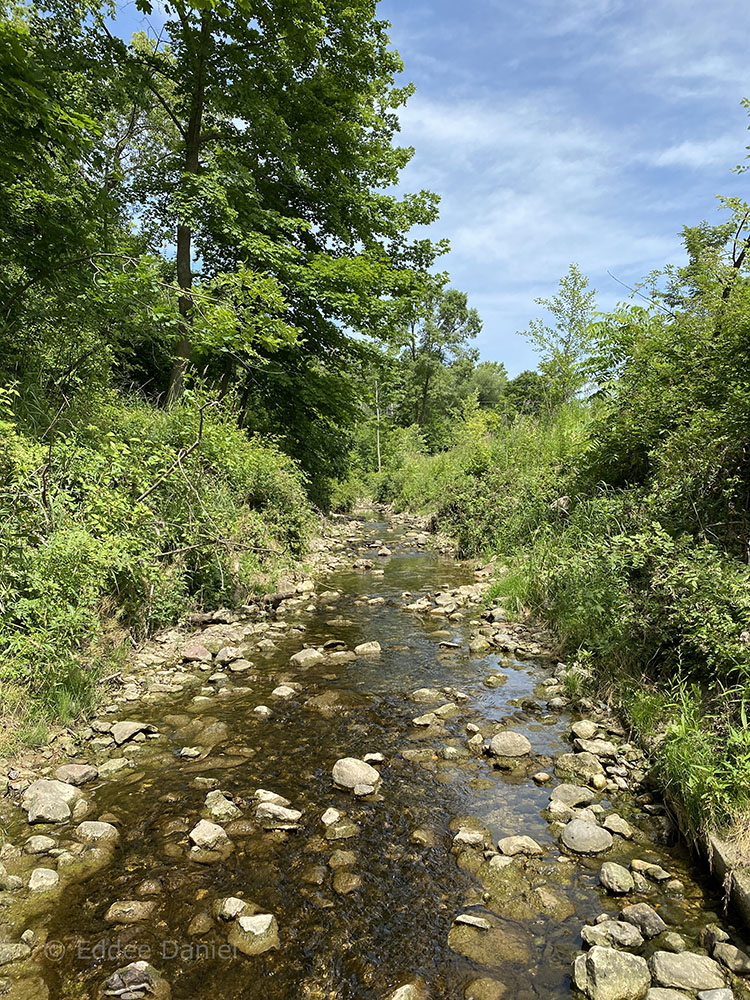

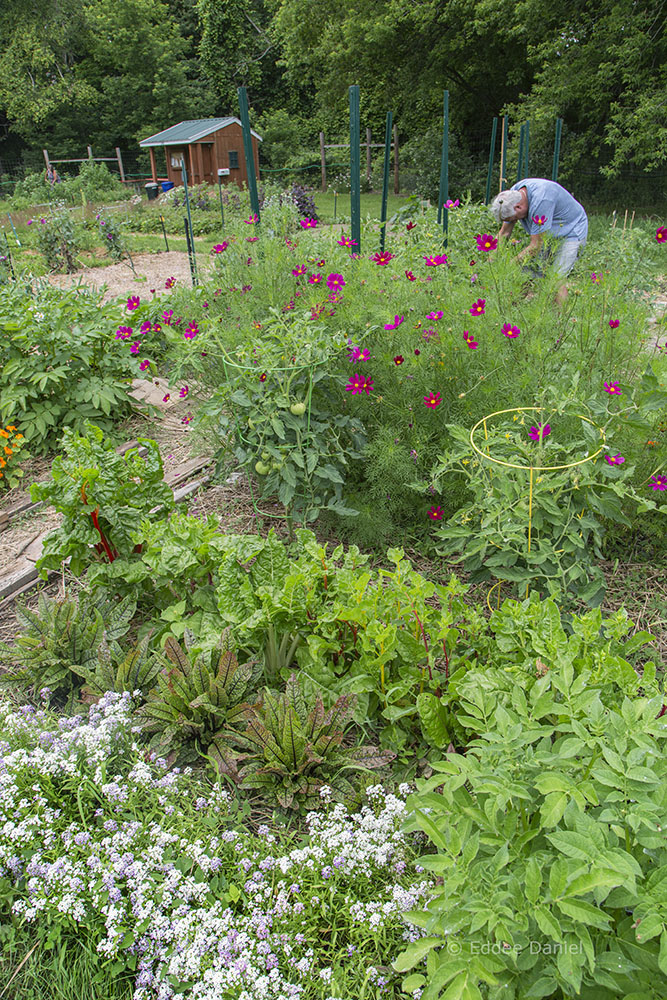
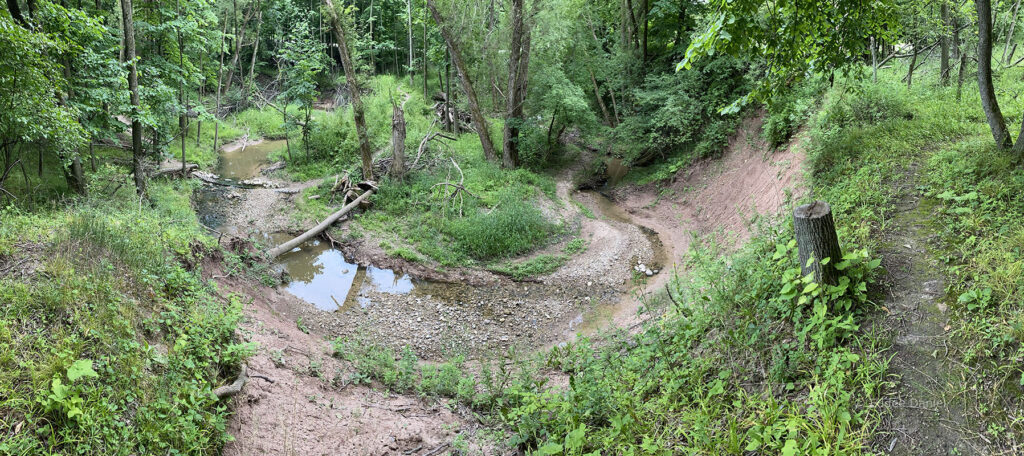
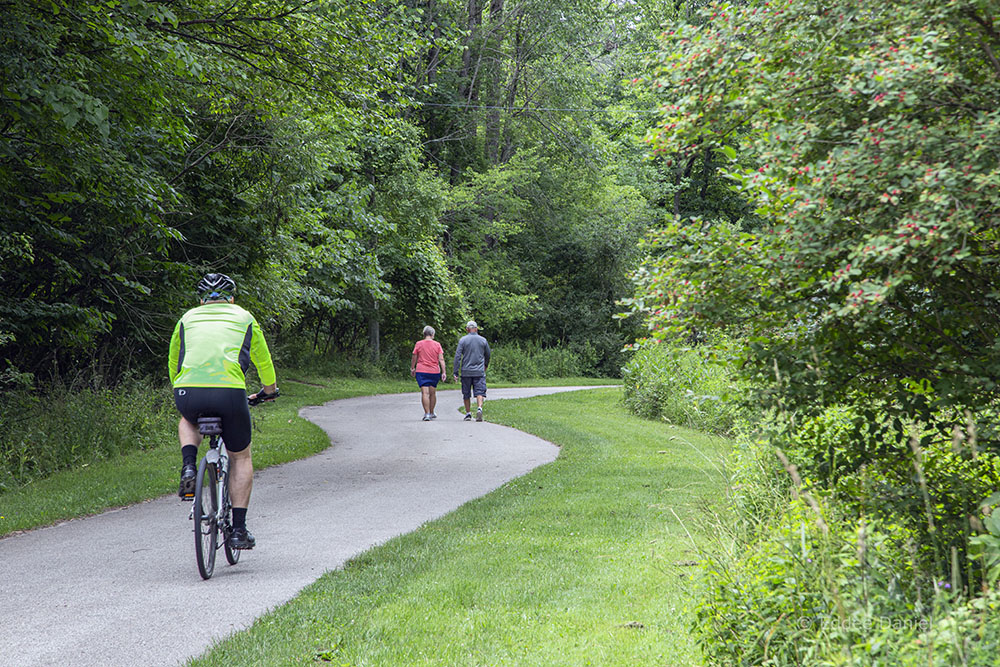
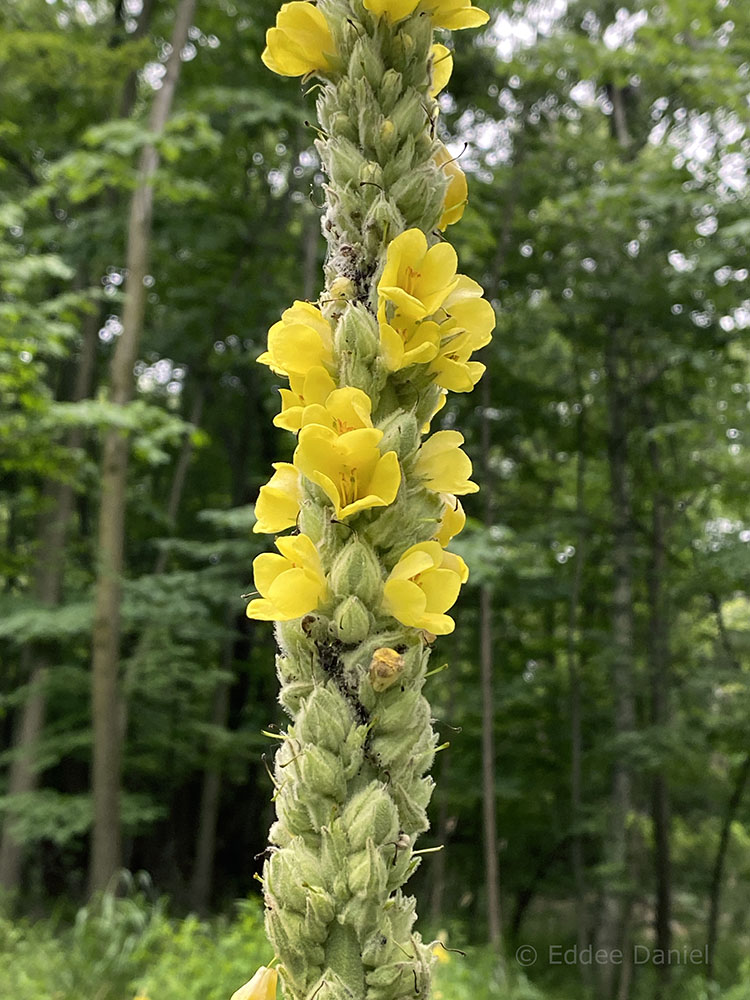
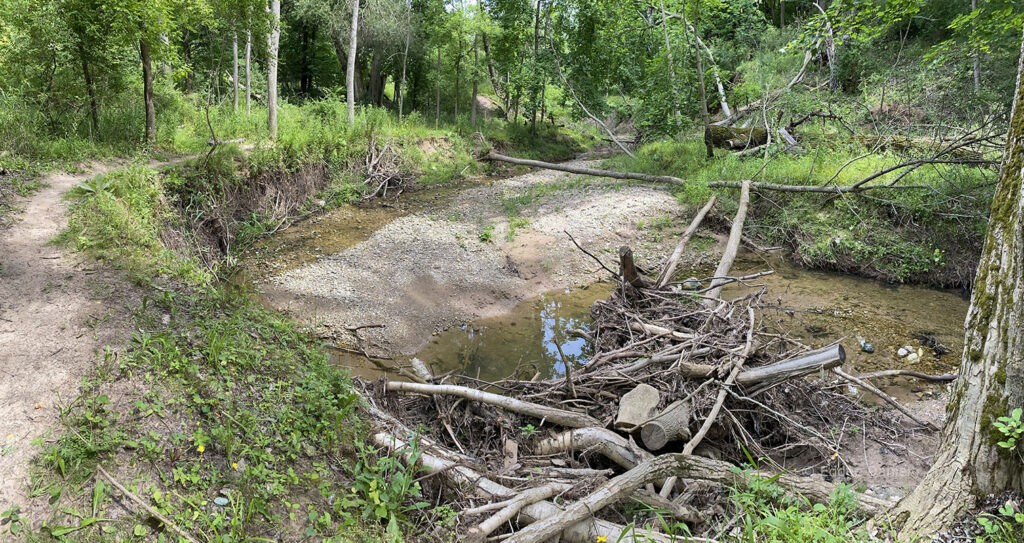
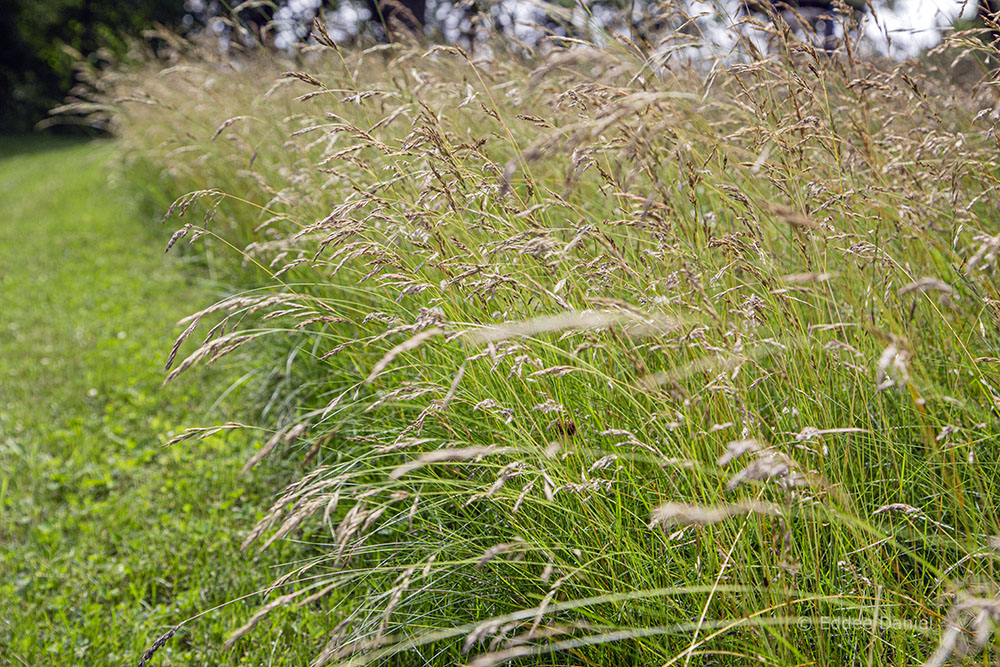
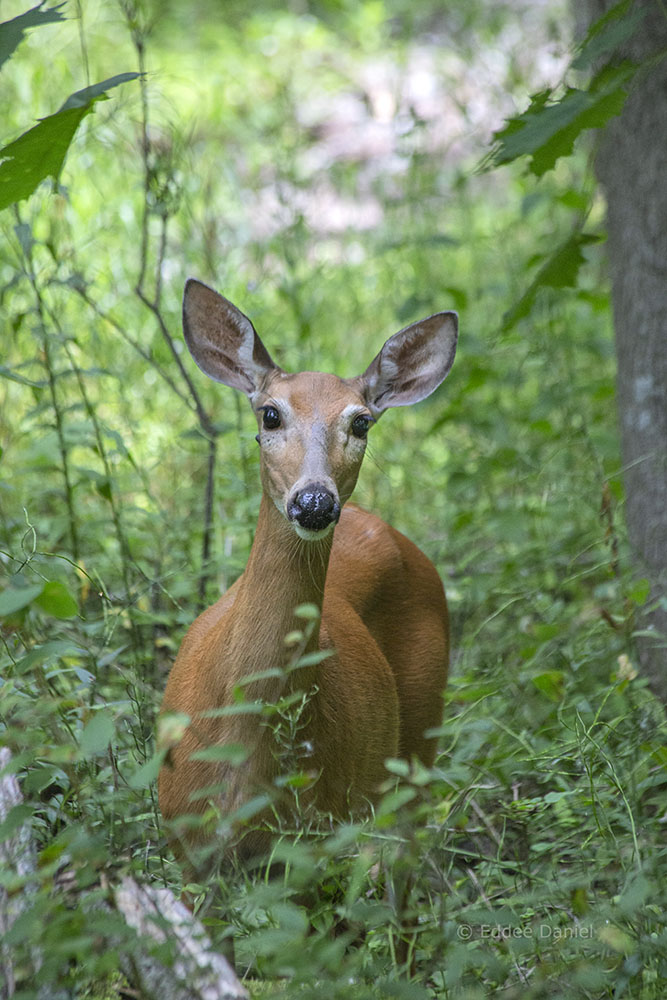
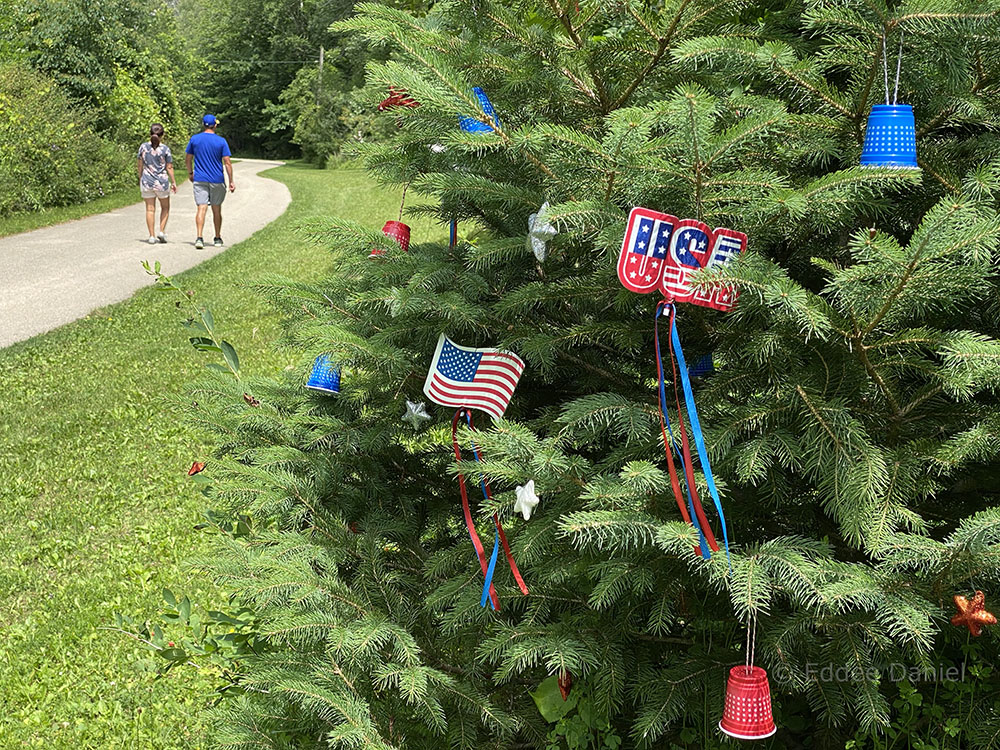

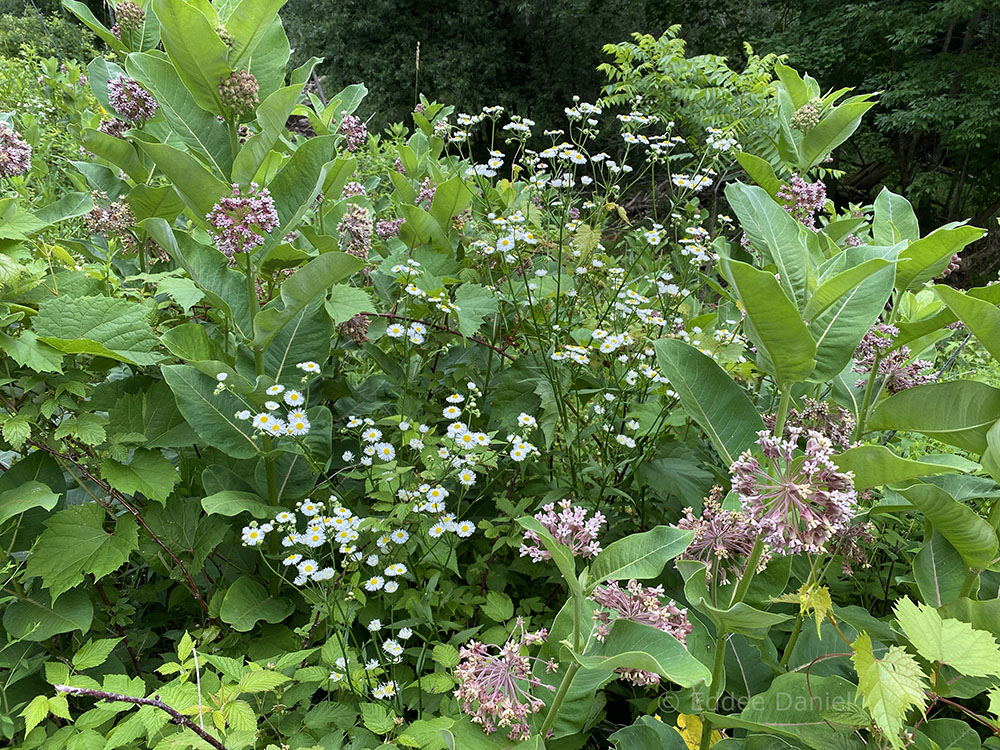
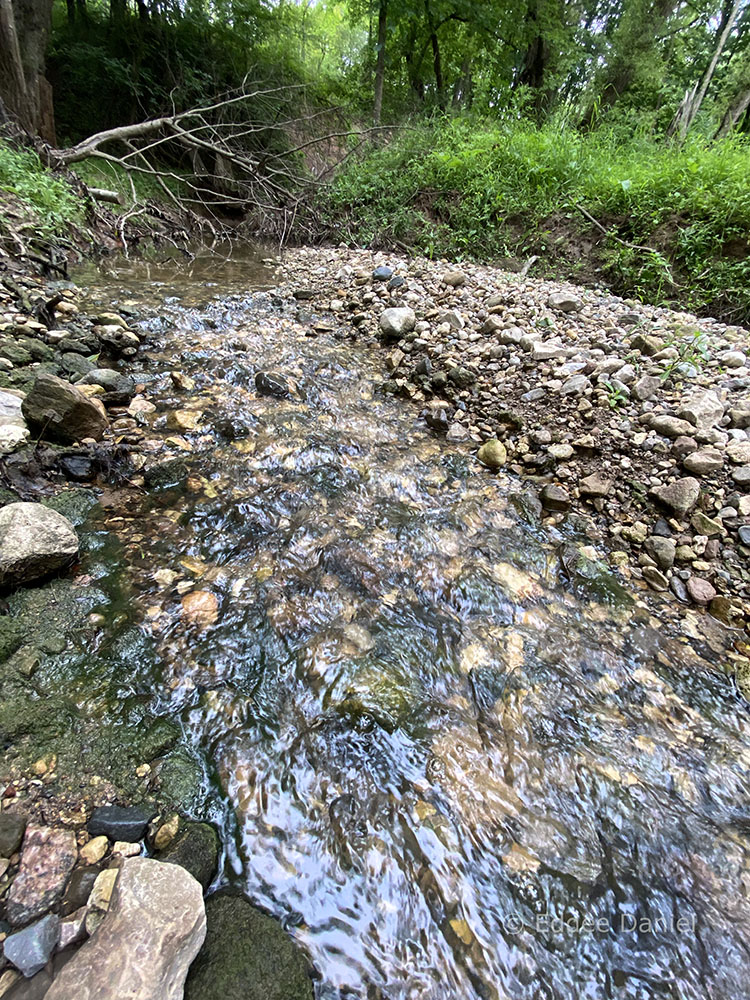
Tom Mlada, Executive Director of Lakeshore Natural Resource Partnership, acknowledges contributions to the text from Melissa Curran, Environmental Scientist/Botanist with Stantec. All images by Eddee Daniel, Project Director of A Wealth of Nature.

